ecology
Table of Contents
Wakin molds are,Compared to other groups, they have characteristics closer to their ancestors such as crucian carp and carp. For example, one of their characteristics is that they have a slender body and grow at a faster paceare. Goldfish belonging to the Japanese goldfish type are the following species
Ryukin molds compared to other groups.Many species are characterized by their caudal fins.It is. And the Ryukin-type goldfish has the characteristics of the most familiar goldfish to the Japanese. Goldfish belonging to the Ryukin-type are the following species
Oranda type inherits the characteristics of the Ryukin mold and more,Characterized by the appearance of bumpy bumps around the head called granulationsare. Compared to other groups, many species have distinctive body colors and other characteristics. Goldfish belonging to Oranda type are the following species.
Ranchu type first compared to other groups,The lack of a dorsal fin is their most distinctive feature. And there are many interesting-looking species.It is also a group. Goldfish belonging to the Ranchu type are the following species.
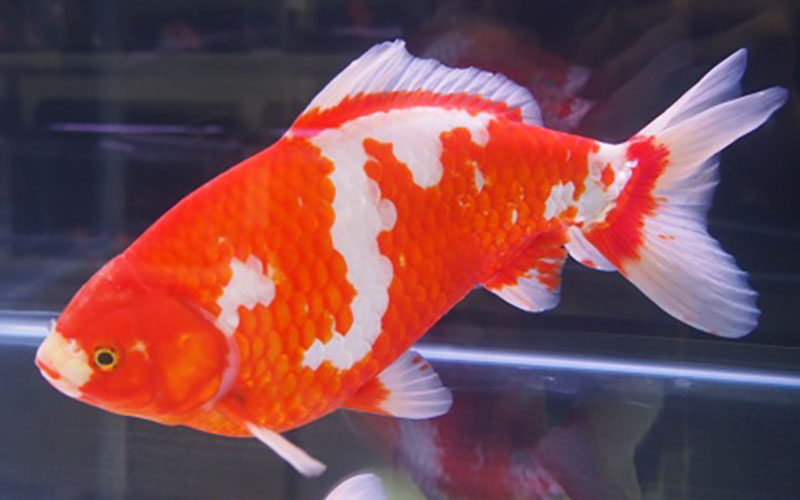
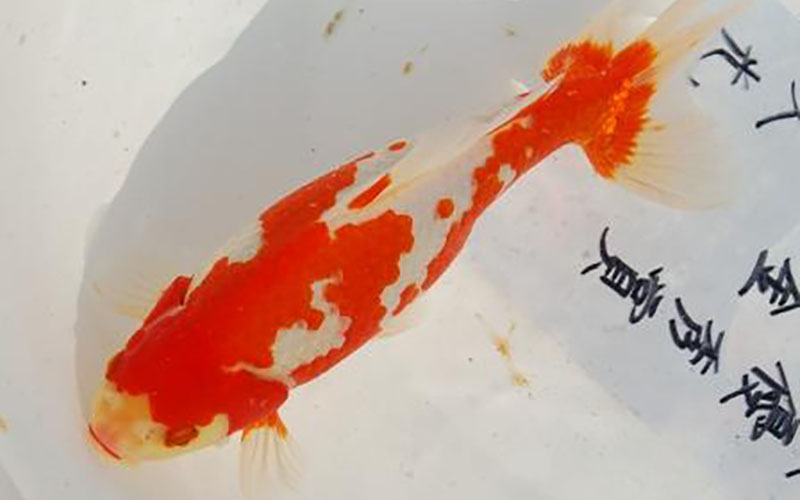
Wagane is one of the best known goldfish. It is oftenGoldfish swimming in goldfish scooping, etc. are often Japanese goldfish.It is. The Wagane is one of the oldest species of goldfish in the history of goldfish. It originated in China, but has been bred and raised in Japan since the earliest times. It is relatively easy to buy and keep even for beginners among goldfish. If kept carefully, they can live for more than 10 years. Individuals can grow to be as large as 30 cm in length.
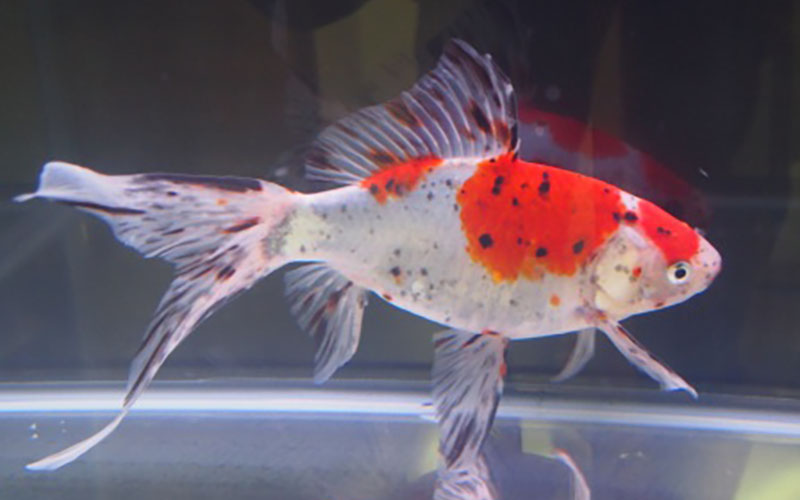
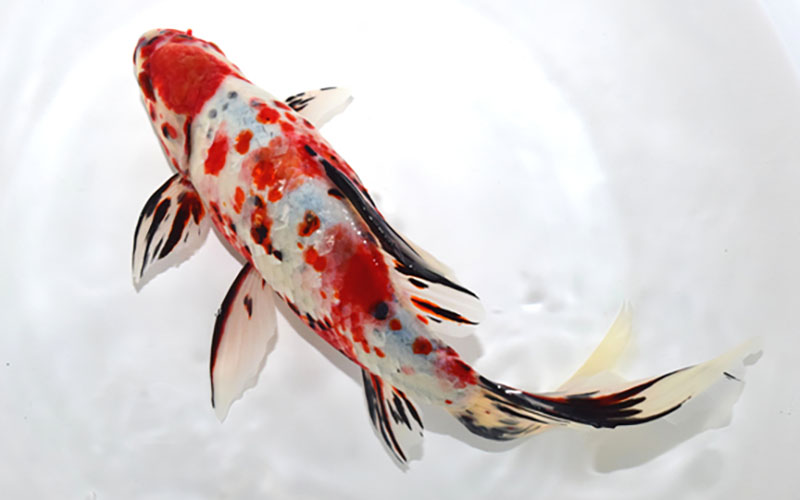
Zhuwen gold is,Calico breed created in Japan during the Meiji Era (1868-1912) by crossbreeding the tricolor dekomegane with the Japanese gold.It is It is characterized by a longer tail fin and calico pattern than the Japanese goldfish. Like the Wagane, the Shubunkin is easy to buy and keep even for beginners. The size of an individual is about 30 cm in length, the same as the Wagane.
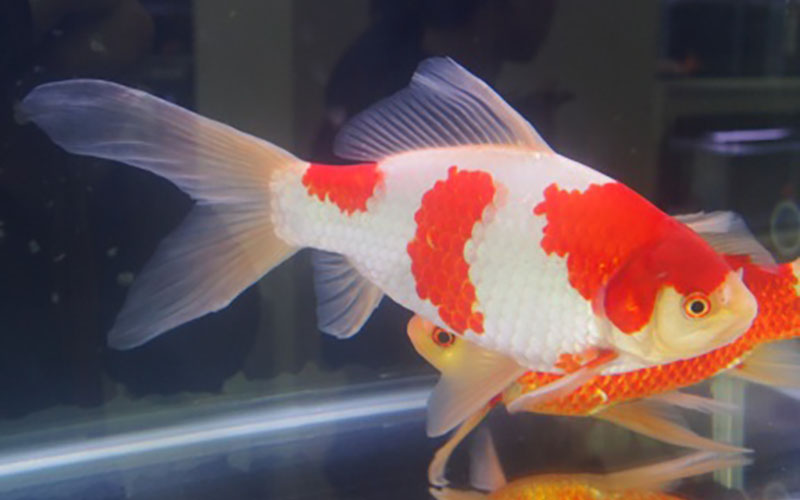
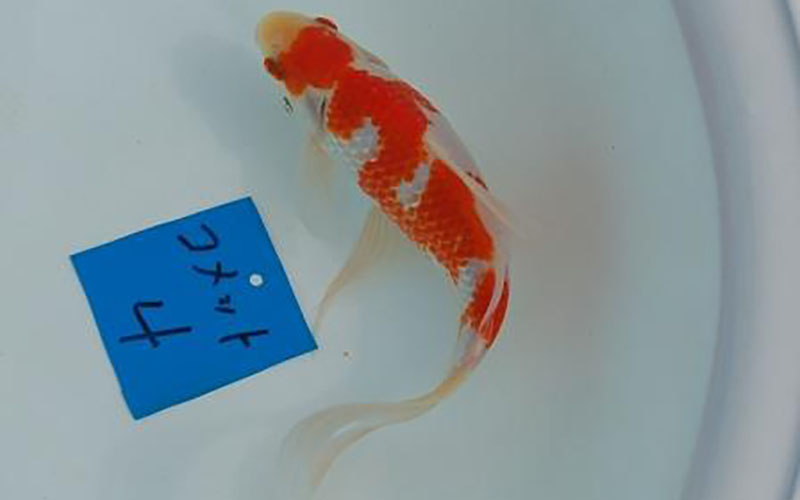
Comet is,It is said to have been created by the crossbreeding of crucian carp and Ryukyu goldfish that came to the United States.Its body shape is not much different from that of Wagane and Shubunkin, but its fins are very large, especially the tail fin, and one-third of its entire body may be occupied by the tail fin of a long fish. Like the Wagane and Shubunkin, the comet is also easy to buy and keep even for beginners. Individuals may grow to be as large as 30 to 50 centimeters in length.
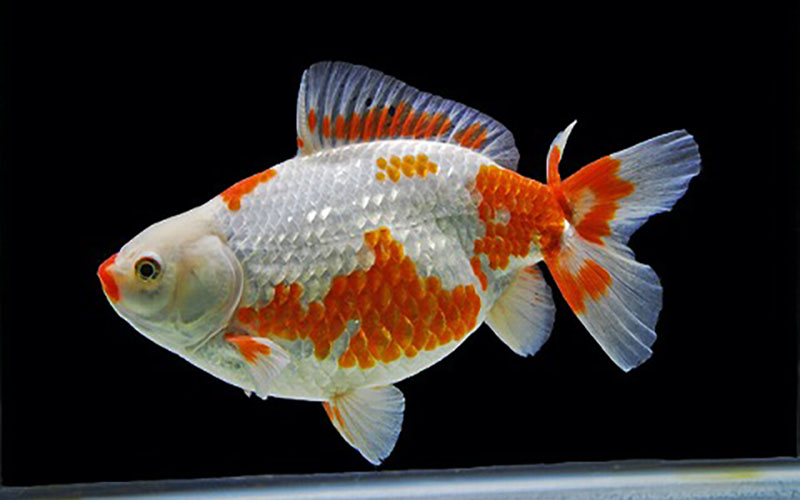
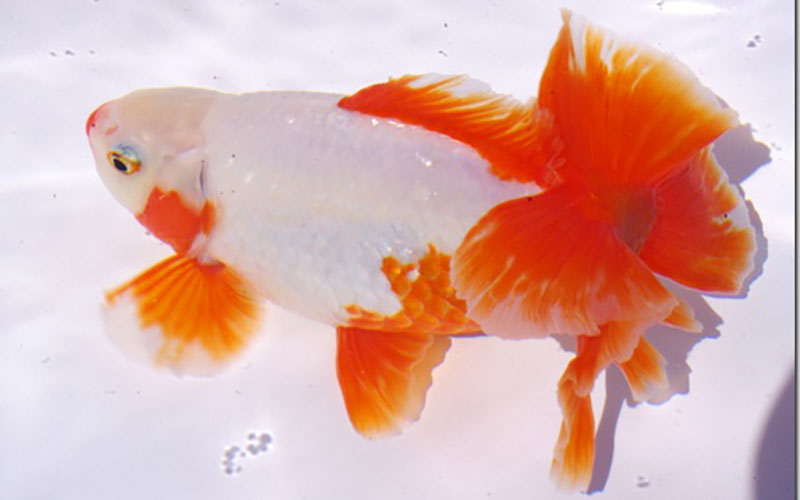
Bullion is,It is a fixed mutation of Wagane and has long been bred in the area around Nagoya.Its body shape is similar to that of the Japanese goldfish, but it has a unique tail fin called a "peaked tail. The major difference between this species and Wagane is that it is difficult to keep, and since it is designated as a natural treasure by Aichi Prefecture, it is very difficult to obtain.
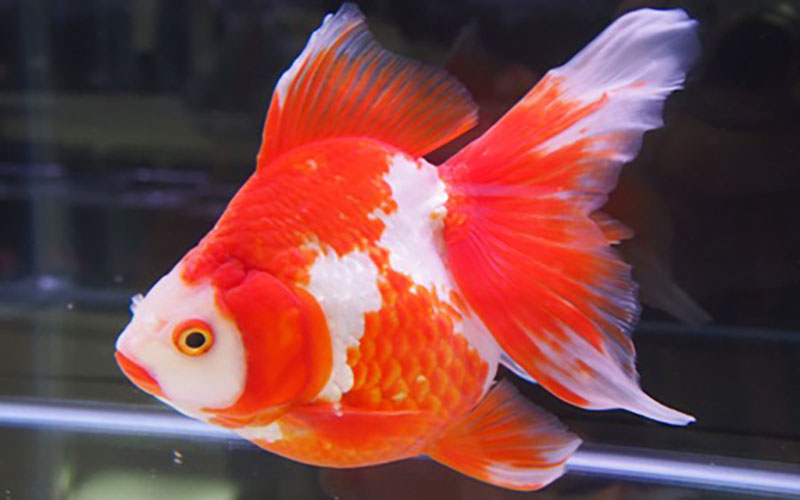
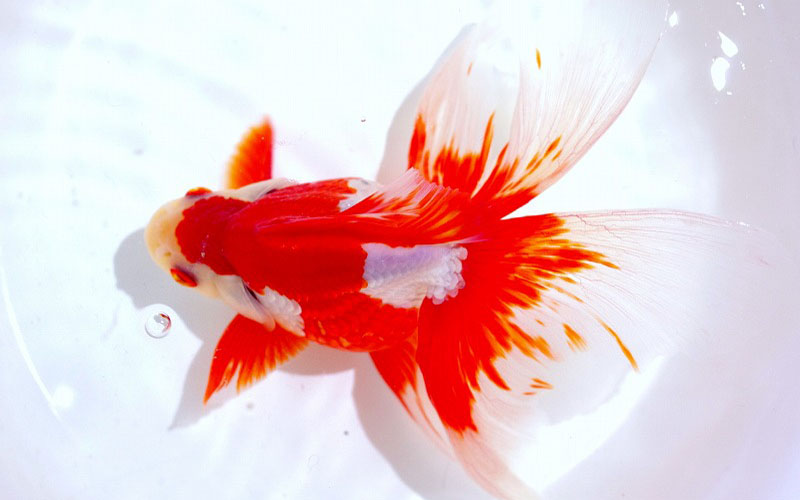
Ryukin is one of the goldfish that are familiar to Japanese people along with Wagane.It is believed to have originated in China and entered Japan via Ryukyu (Okinawa), where it was given the name RyukinIt is said to be the most common type of fish in the world. The body shape is almost spherical when viewed from the side, with a broadly curved back and a rounded, swollen abdomen. The tail fins are long, especially the three-tailed and four-tailed varieties, which are especially elegant and popular. Breeding is not very difficult, and they are easy to obtain.
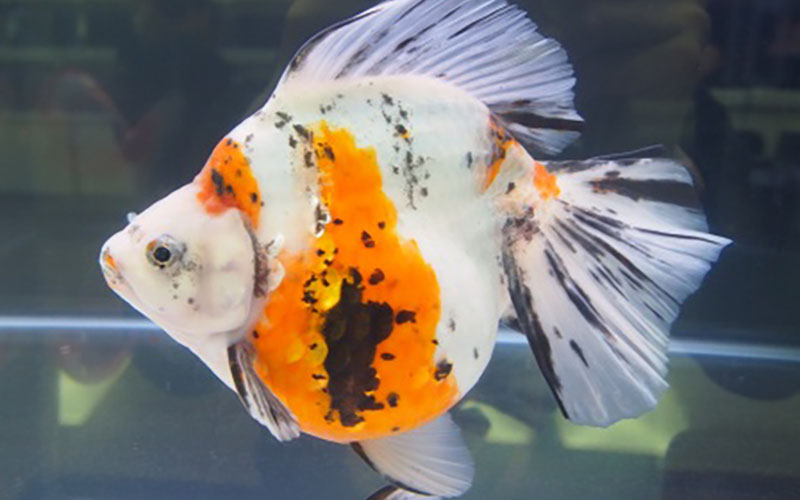
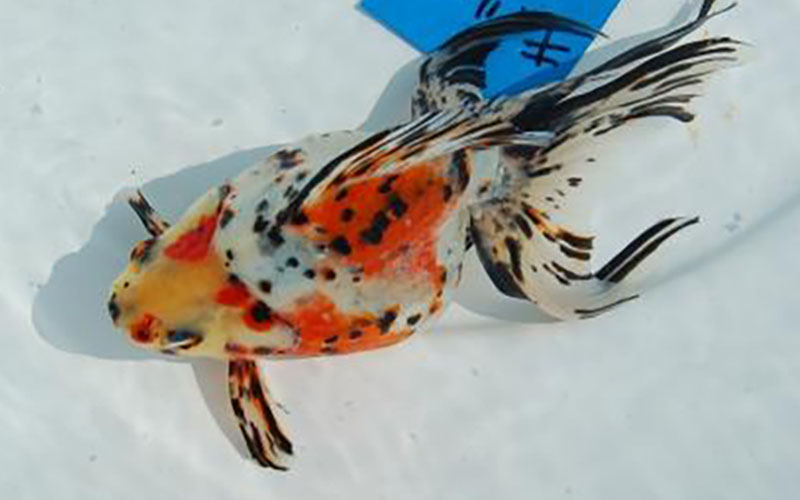
Calico Ryukin is,It was created in Japan through the crossbreeding of Sanshoku Damegane and Ryukin.Its body shape and fins are similar to those of the Ryukin, but it is characterized by its red, white, and black body colors. It is easy to keep them because they are not so different from Ryukin. They are also easy to obtain.
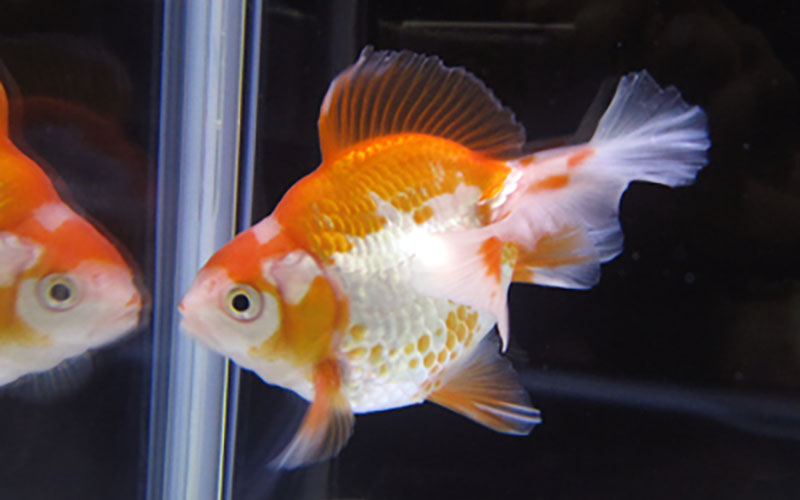
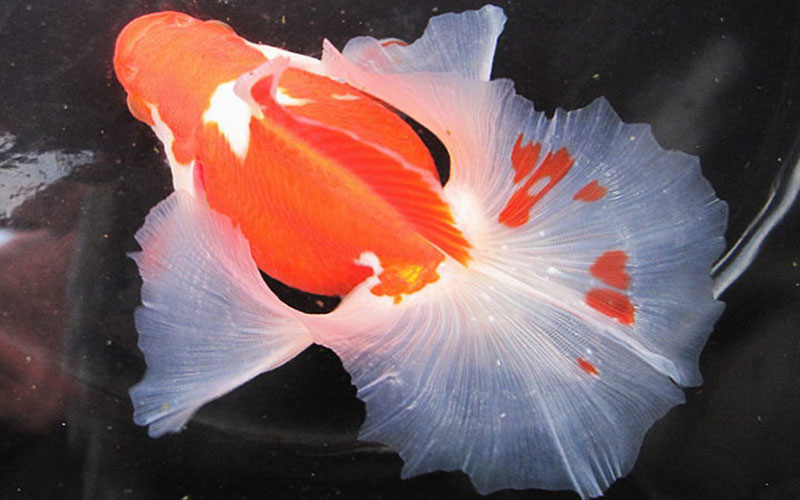
The Tosa goldfish is a goldfish that was shunned from the Ryukin goldfish during the Edo period (1603-1868). It is such a rare goldfish that it was once thought to be extinct. The Tosa goldfish is also known as the Tosa goldfish, and is still bred by enthusiasts in Kochi Prefecture. Its body shape is similar to that of the Ryukin, but it has a unique slender tail.Designated as a natural treasure by Kochi Prefecture and a difficult variety to obtain.It is. Breeding and propagation are also very difficult.
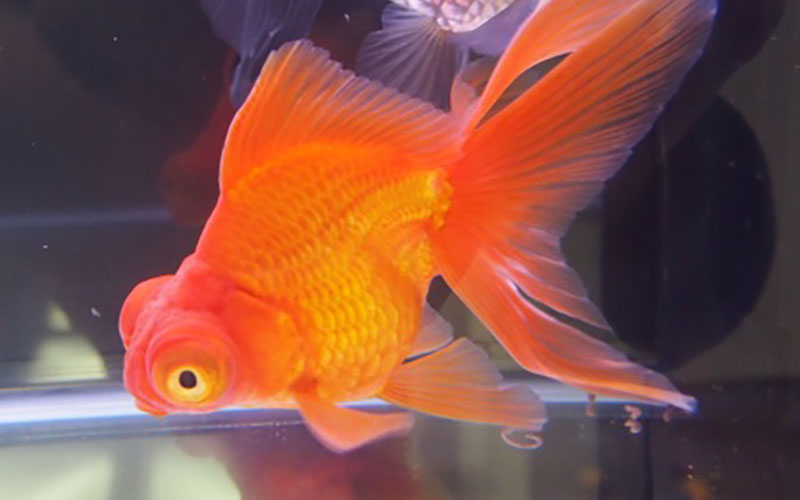
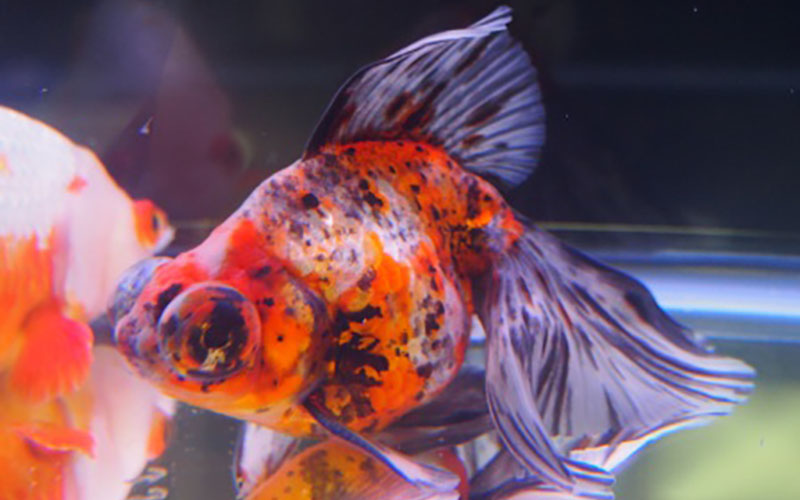
Some of you may have seen dekomegane at goldfish scooping events. It is said to have come from China in the Meiji period (1868-1912). Its body shape and tail fins are similar to those of the Ryukin. And,As indicated by the name, the main feature is that the eyes are large and protrude to the sidesIt is. The dekomekin are called differently depending on the color of their bodies. Black dekomegins are called kurodeme, red dekomegins are called akademe, and others are called sanshoku dekomegins. The original dekomekin is the red dekomekin, but the black dekomekin is more valuable and easier to obtain. Although they are easy to keep, you should be careful not to keep them with other types of goldfish, as their eyes are more likely to be damaged.
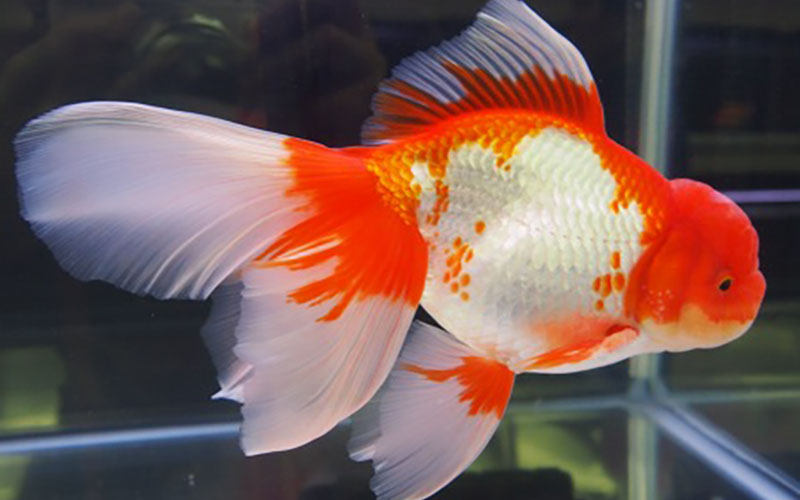
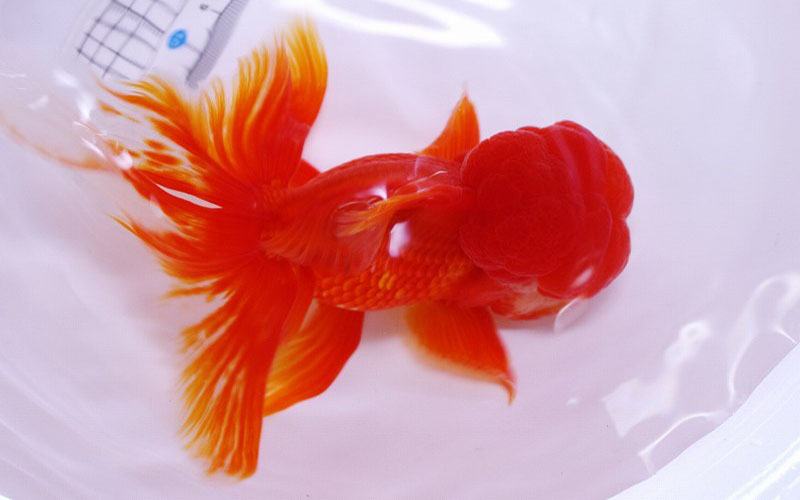
The Woran lion head is said to be a mutation of Ryukin.The name "Holland" was derived from the word "Holland," meaning "foreign-born" at that time, as it was introduced from China through Dejima Island in Nagasaki.The distinctive feature of the orchid lion's head is the nuchal mass on the head. The head swells and the three or four tail fins extend as long as the body length. It is easy to obtain and not too difficult to keep.
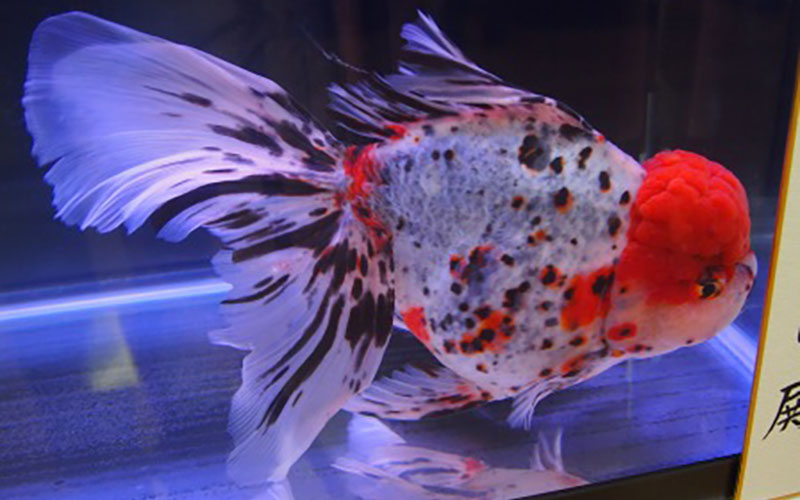
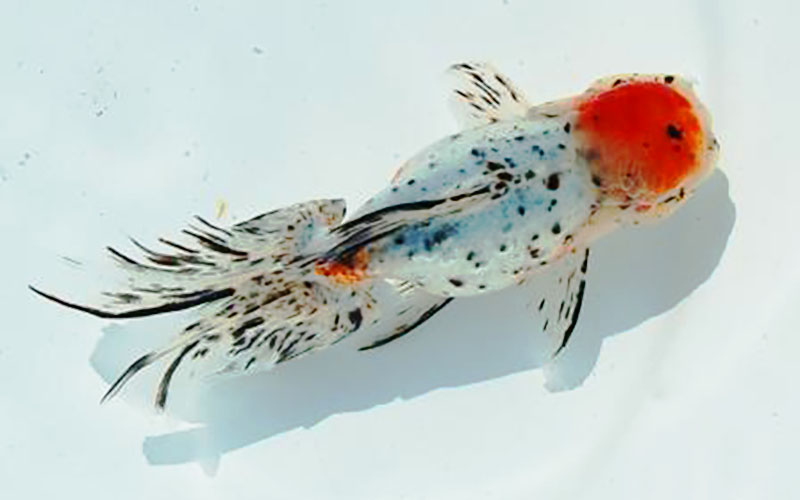
Higashinishiki is,It is from Japan and was created by crossing the Japanese orchid lion's head with the tricolor dimegins.Its body shape and other features are similar to those of the Woran lionhead, but its body colors are red, white, black, etc., like those of the tricolor dimegane. It is not difficult to obtain, but a little difficult to keep.
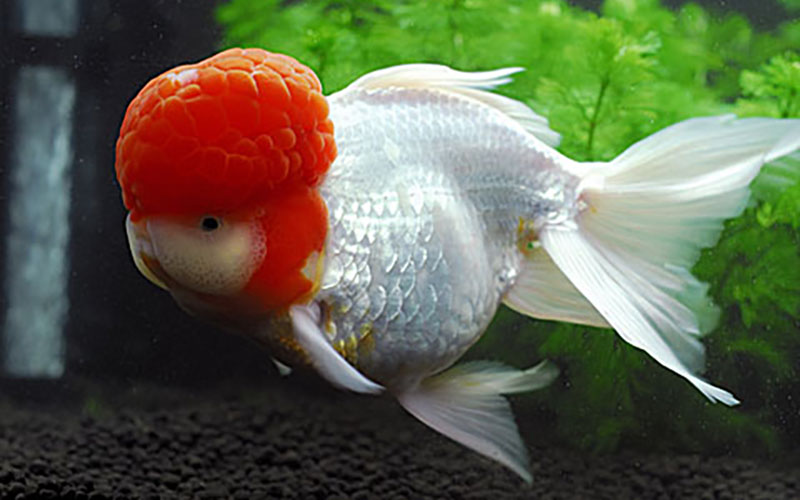
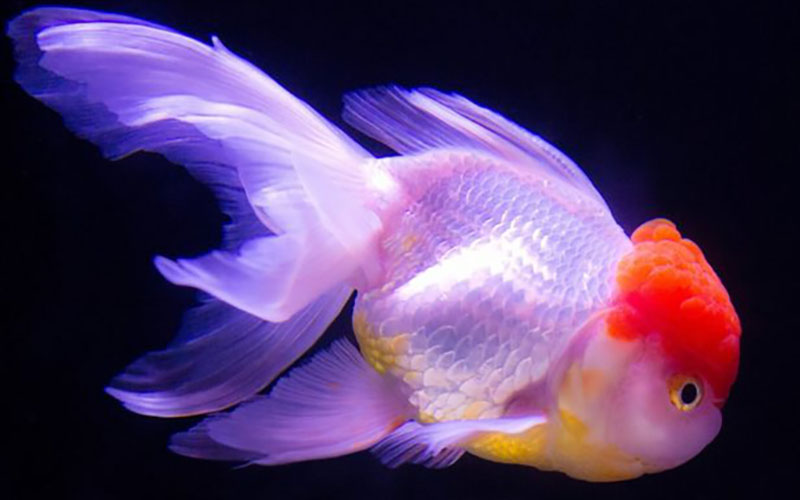
The Tantyo is a goldfish that came from China. Its body shape is similar to that of the Woran lionhead and the eastern brocade, though,Characterized by the reddish color of the head mass and the white color of the bodyIt is. This feature resembles the red-crowned crane, hence the name "tancho. Some individuals lack a dorsal fin, and this type is sometimes referred to as a "red-headed fish. It is not very difficult to obtain and keep.
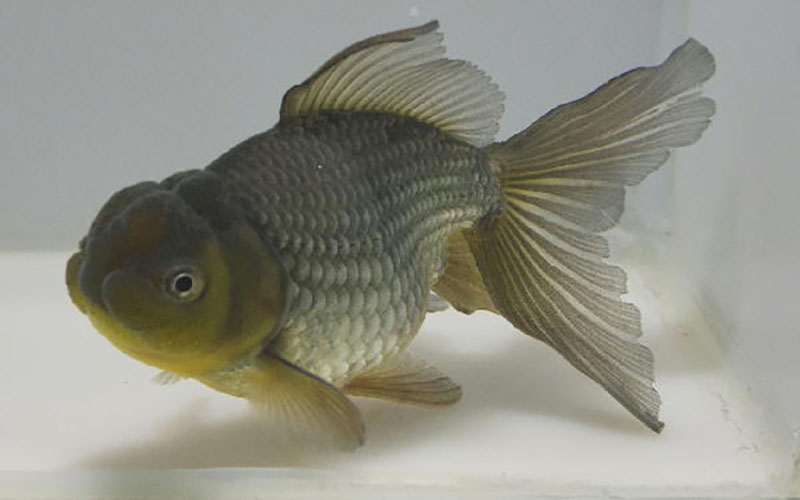

The blue-bellied fish is a goldfish that came from China. It has a fleshy head, and its body shape is similar to that of the Woran lionhead.Body color is pale black with bluish tintsIt is. It is sometimes also known as a plumage. It is difficult to obtain, but not too difficult to keep.
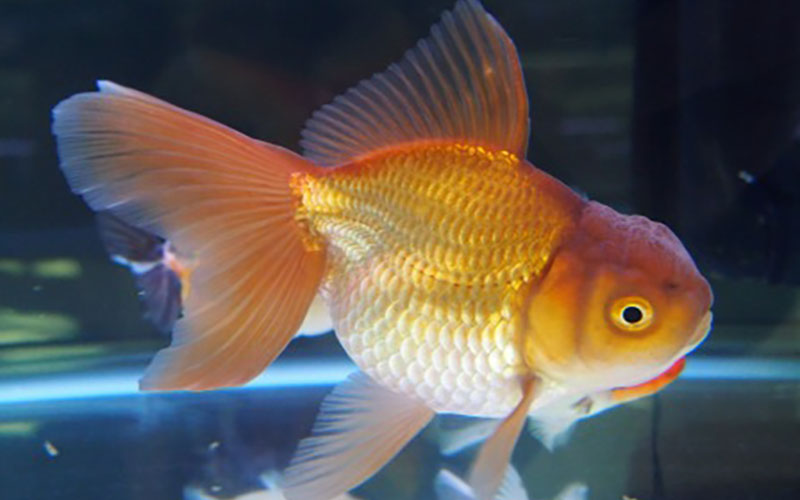
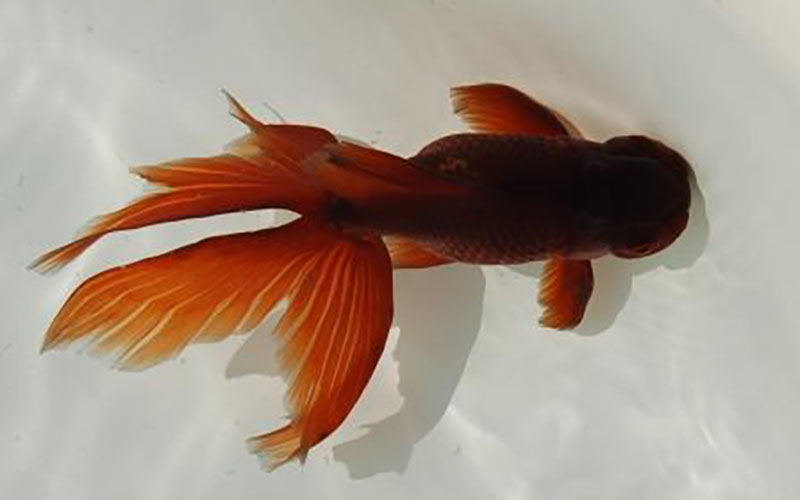
Chakin is a goldfish that came from China. In China, though, it is called the purple fish,Body color is brown or reddish brown, also known as chocolate Dutch.Like the blue-bun fish, some of them do not resemble the color of the goldfish as imagined by the Japanese. In body shape, some resemble the Ryukin, while others resemble the Woran lionhead. The latter is characterized by the presence of a fleshy mass on the head. They are a little more difficult to obtain and less difficult to keep.
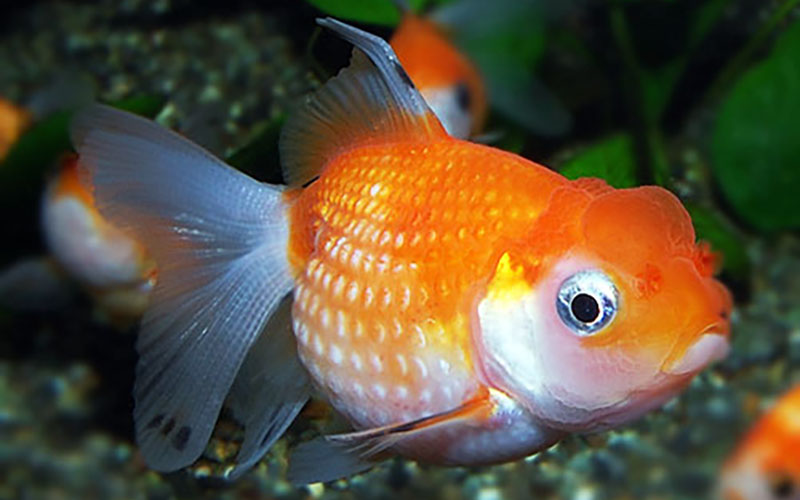
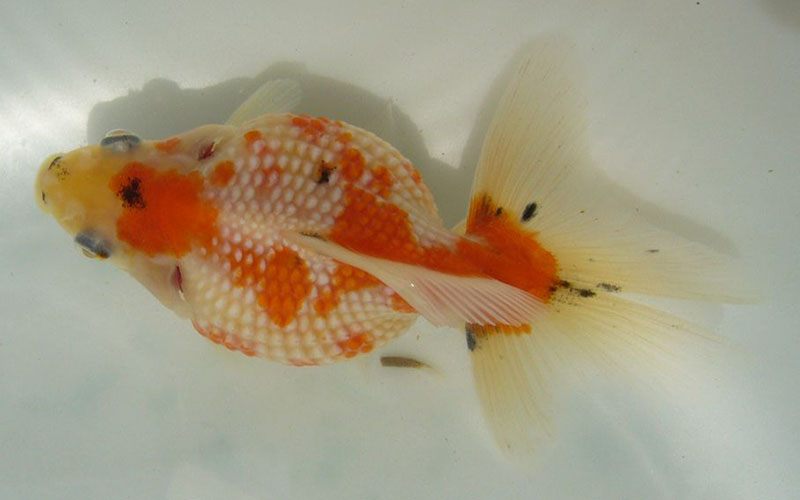
The Pearl Scale is a goldfish that was imported from China after World War II and produced in Japan. It is one of a group commonly called "Chinese goldfish.Scales are scales, each of which is covered with calcareous material and swells to a hemispherical shape, becoming white and pearly.It is. Its body shape is similar to that of the Ryukin, but its caudal fin is not as long. It is not very difficult to obtain, but one must be careful when keeping it because the pearly scales do not regrow once they are peeled off.
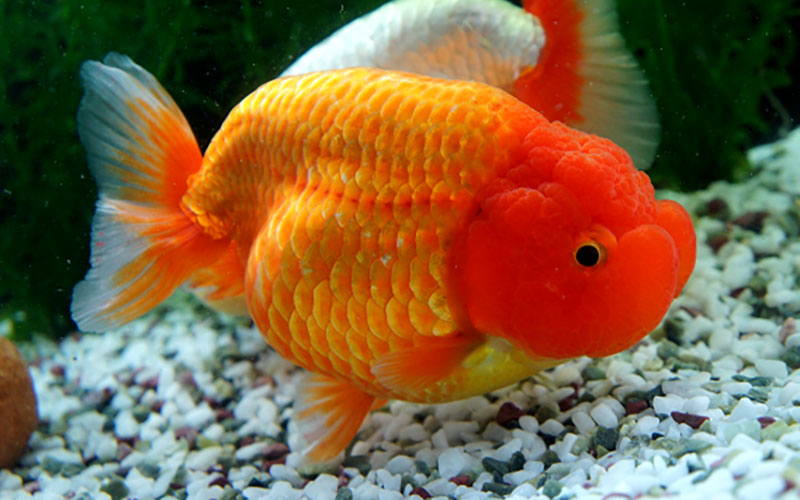
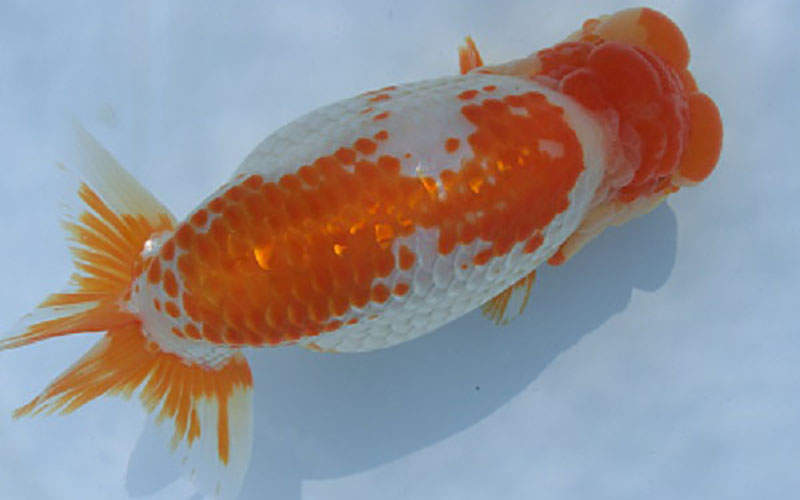
Ranchu came from China during the Edo period (1603-1867) and was later improved in Japan.There are two types of body shape: cylindrical but slightly narrower koban (round hand) and rounded and oval (long hand).The lack of a dorsal fin is another characteristic of this species. The head has a nice fleshy mass. Body colors include red, white, and chintz, and all colors have a unique luster. It is often called the "king of goldfish," and there are many goldfish enthusiasts' associations in various regions. It is easy to obtain, but breeding is more difficult.

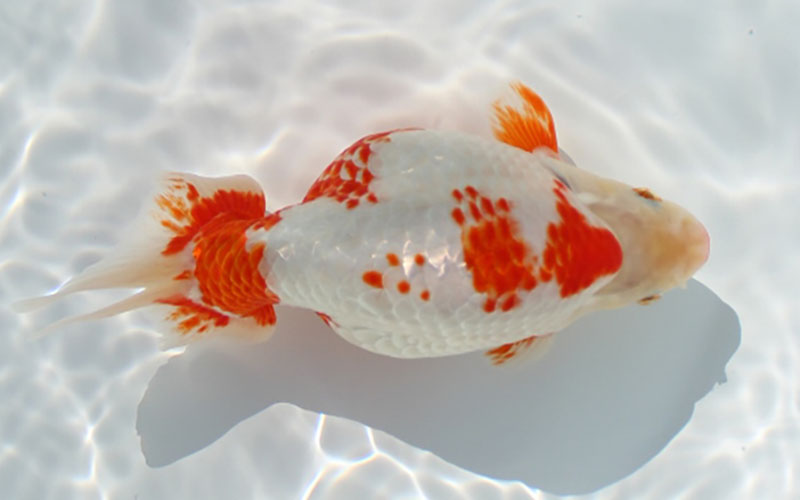
Nankin is a local variant of Ranchu. It is currently preserved in the Izumo region of Shimane Prefecture. It does not have a mass of flesh, and its body color is either white chintz with red on the head and fins, or all white.Designated as a natural treasure by Shimane Prefecture and very difficult to obtainIt is.
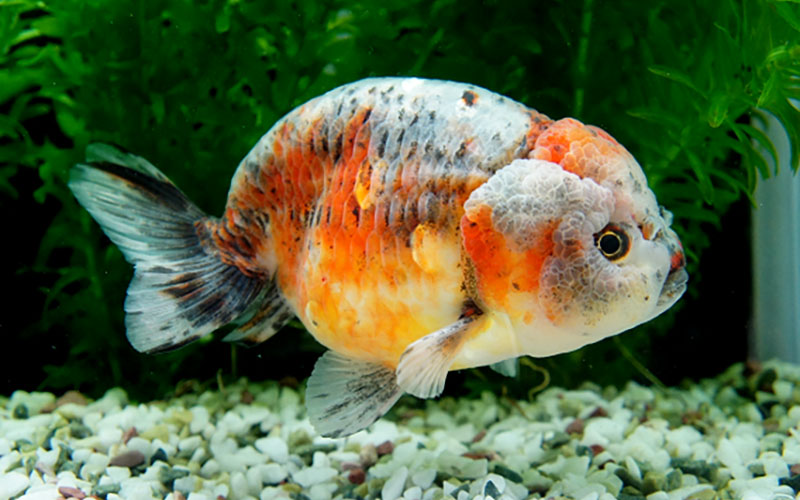
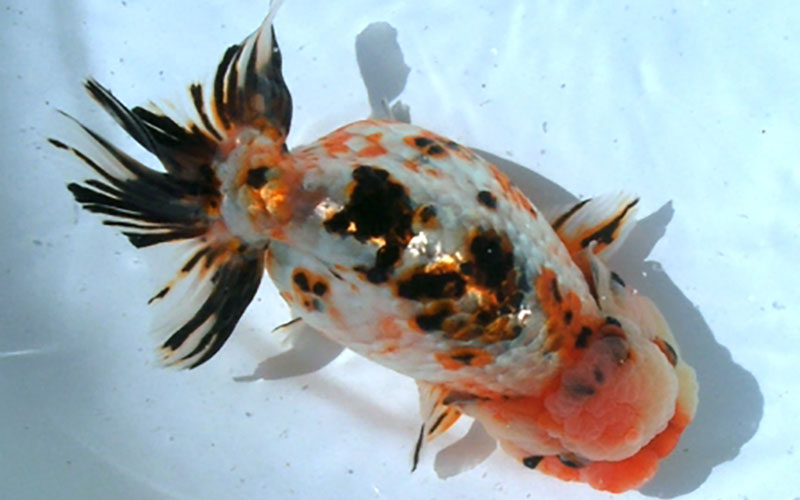
Edo Nishiki is,It was created in Japan by crossing Ranchu and Azuma Nishiki.The body shape is ranchu-shaped with no dorsal fin. Body color can be red, white, or black, like the eastern brook broom. The tail fin is either three-tailed or four-tailed. It is rather difficult to obtain, and like the Ranchu, it is difficult to keep.
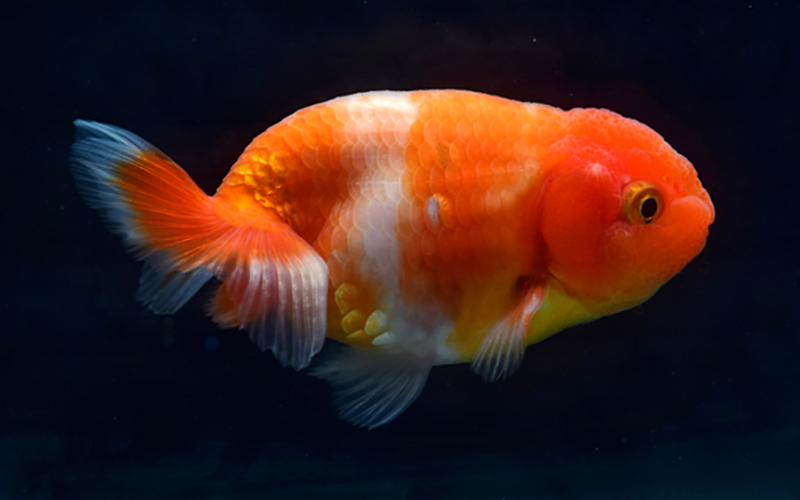
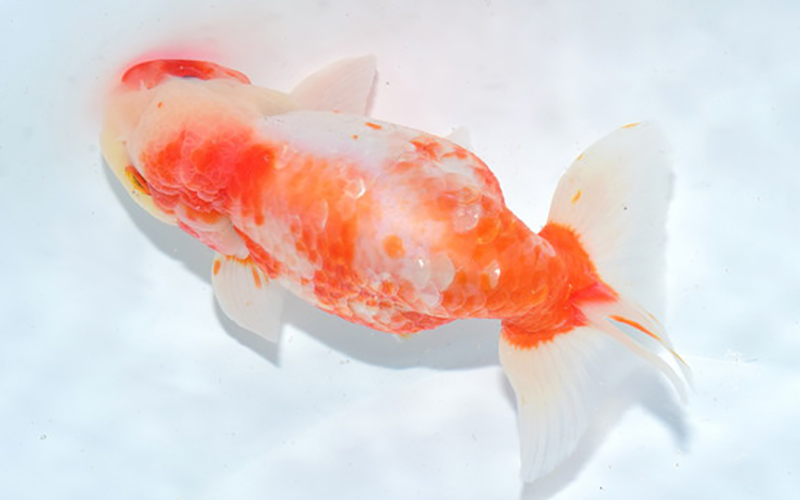
Sakura Nishiki is,It is a fixed variety of Edo Nishiki in Japan that has lost its melanin pigmentation.The body shape is rhanchu-shaped with no dorsal fin. The body color is red and white with mosaic transparent scales, and the entire body is pale pink. It is rather difficult to obtain, and like the ranchu, is highly difficult to keep.
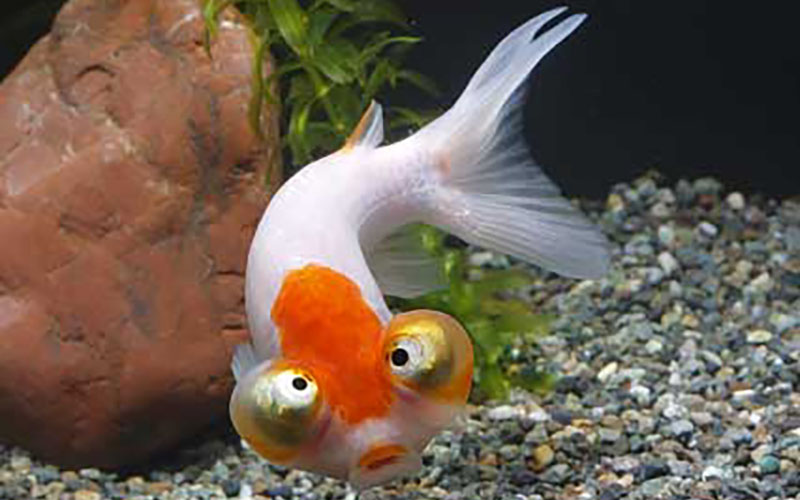

The akadejimekin is a goldfish that came from China. It is a fixed mutation of the red-eyed goldfish.The eyes that pop out are looking straight to the heavens, unlike other dekimekin.The body shape is elongated and tubular, with no dorsal fin. Body colors include red, golden, and chintz. Like the demerit goldfish, the demerit goldfish is a docile fish that does not swim well, so it always stays still at the bottom of the tank. They are easy to obtain and easy to keep as long as you are careful not to damage their eyes, which are easily damaged.
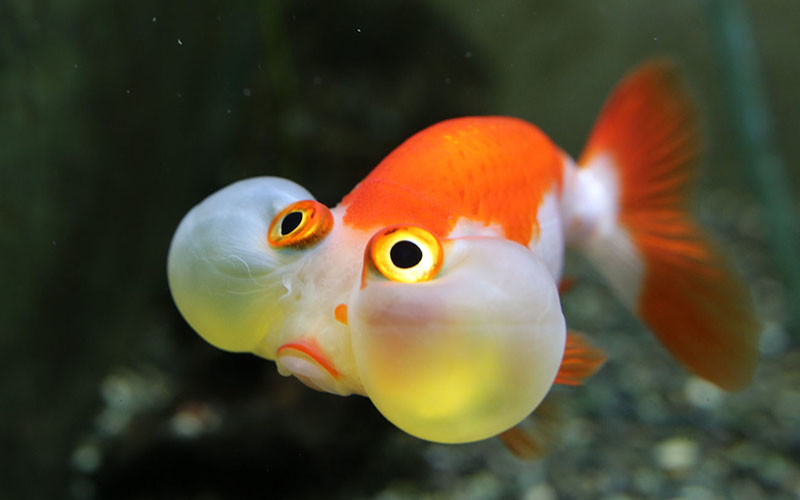
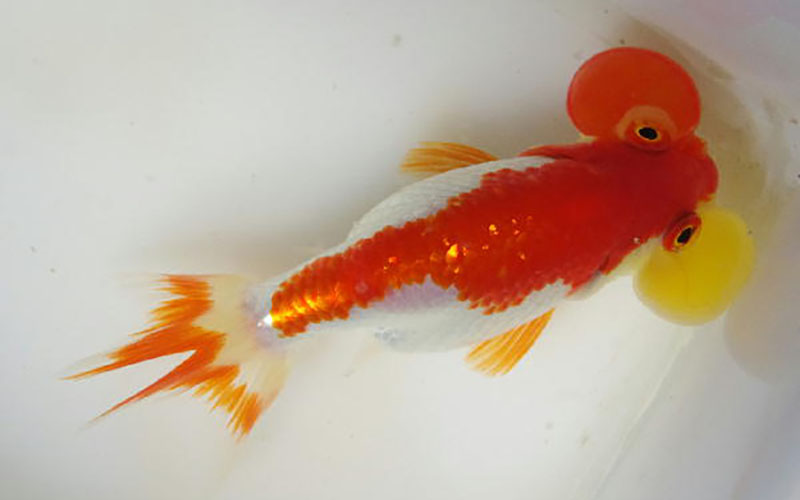
The aquarium eye is a goldfish that came from China.The eyes pop out and look upward because of the large bags of lymphatic fluid hanging under the eyes.Among the many unusual Chinese goldfish, this is the most eye-catching species in terms of strangeness. It is sometimes classified as a "Ryukin-type" goldfish because of its slightly rounded body shape. It has no dorsal fin and a three- or four-tailed tail. They are easy to obtain, but when keeping them, be careful because once the pouch under the eyes is damaged and squeezed, it will never return to its original size.